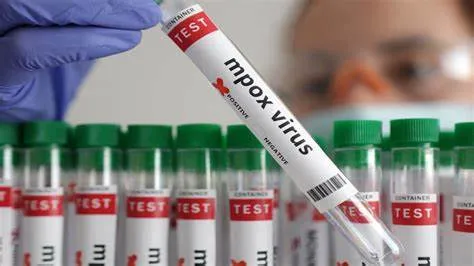Sports injuries are an unfortunate reality for athletes, both amateur and professional, across various disciplines. While engaging in physical activities offers numerous health benefits, the risk of injury is always present. Understanding the common types of sports injuries and implementing appropriate treatment strategies is crucial for promoting quick recovery and minimising long-term consequences.
The following explores the prevalence of sports injuries, highlights common types of injuries, and emphasises the importance of effective treatment in ensuring athletes can safely return to their respective sports.
Prevalence of Sports Injuries
Sports injuries are prevalent worldwide and affect athletes of all ages and skill levels. According to the Centers for Disease Control and Prevention (CDC), over 8.6 million sports-related injuries occur annually in the United States alone. These injuries can range from minor sprains and strains to more severe fractures and ligament tears. Common sports associated injuries include basketball, football, soccer, and running.
Recently, sports injury treatment in South Delhi has also become preferable.
Common Types of Sports Injuries
Sports injuries encompass a wide range of conditions that can affect various parts of the body. Some of the most common types of injuries include sprains, strains, fractures, dislocations, and overuse injuries. Sprains occur when ligaments are stretched or torn, while strains affect muscles and tendons.
Fractures refer to broken bones,and dislocations involve the displacement of bones from their normal position in the joint. Overuse injuries, such as tendinitis and stress fractures, result from repetitive stress and inadequate rest.
Treatment of Sports Injuries
Timely and appropriate treatment plays a crucial role in the recovery process and the prevention of long-term complications.
The first step in managing a sports injury is to rest and protect the affected area to prevent further damage.
Applying rest, ice, compression, In cases of severe injuries, surgical intervention may be required. Fractures may need to be realigned and stabilised with surgical implants, while ligament tears may require reconstruction surgery.
Post-surgery, a structured rehabilitation program is essential to regain strength, stability, and range of motion.
Conclusion
Implementing preventive measures can significantly reduce the risk of future injuries, allowing athletes to enjoy their activities while minimising the potential for long-term complications. Ultimately, prioritising athlete safety and providing comprehensive injury management is essential for maintaining a healthy and thriving sports community.
The author is Consultant sports injury & joint replacement specialist.























